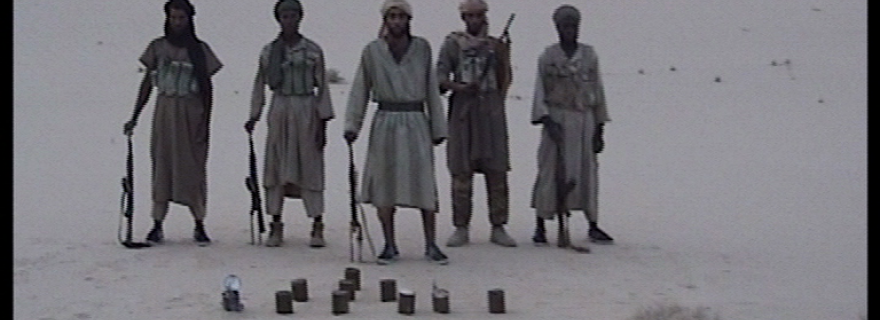Groupe Islamique Armé and Islamic State parallels: the descent into violence and self-destruction
A brief historical analogy shows parallels between Groupe Islamique Armé and Islamic State: the descent into violence and self-destruction.
As more and more gruesome execution videos are made and publicized by the Islamic State (IS), a brief historical analogy offers important insights. In the 1990’s, after an avant la lettre ‘Arab Spring’ was ruthlessly oppressed by the generals in power, Algeria erupted in a civil war. The military dictatorship was faced by a plethora of competing Islamic salafist groups, all using terrorist tactics. Among many different groups, one would stand out and rise to dominate the terrorist landscape: the Groupe Islamique Armé (GIA). An offshoot from this group would later form the Groupe Salafiste de la Predication et le Combat (GSPC), and this group would in turn morph into Al-Qaeda in the Islamic Maghreb (AQIM).
The GIA earned an unmatched reputation of barbarism and cruelty. Other insurgent groups were systematically marginalized or destroyed, and the GIA led the orgy of killing and violence in a race to the bottom. Their methods of butchery, from beheadings to worse, are no different from current Daesh practice. The only difference was a still infant Internet without social media, preventing a quick and broad diffusion of the grisly images and films. While violence or the threat of violence is instrumental to terrorism – a word that originates from the latin ‘terrere’, to frighten – wanton violence and cruelty overshoot the mark. Not only is it increasingly difficult to legitimize through any reading of religion, it was also counter-productive. Many GIA fighters deserted, unwilling to massacre women and children, and local support for the movement evaporated. The GIA crumbled, and its offshoot GSPC vowed to only attack military and government targets.
Following the United States’ invasion in Iraq (2003), Abu Musa al-Zarqawi led an equally violent group, which became known as Al-Qaeda in Iraq and later evolved into IS, fought the Americans. In 2005, Al Qaeda, through a letter by Atiyatullah al-Libi, warned al-Zarqawi that his penchant for torture and filmed beheadings was counterproductive, and that a more merciful and empathic attitude was needed. Al-Libi referred to Algeria in 1994-1995: “when [the movement] was at the height of its power and capabilities, and was on the verge of taking over the government. …. However, they destroyed themselves with their own hands, with their lack of reason, delusions, their ignoring of people, their alienation of them through oppression, deviance, and severity, coupled with a lack of kindness, sympathy, and friendliness. Their enemy did not defeat them, but rather they defeated themselves, were consumed and fell.” The al-Qaeda doctrine is by no means a peaceful one, but its leadership does recognize the risk of targeted violence degenerating into wanton cruelty.
There are strong indications that during the Algerian civil war, the country’s secret service encouraged the GIA’s descent into barbarism through manipulation and infiltration. In the end, locals and the international community were horrified by GIA massacres, and helped the military regime to prevail, even though the government’s human rights record was then nearly as abysmal as Syrian president Bashar al-Assad is now. So what are the lessons for Syria and Iraq? That Assad benefits indirectly from IS' barbarism. That we must not consider al-Qaeda as a lesser evil, but see it as a threat that could prove to be more resilient than IS. That, especially for a group that wants to govern their so-called caliphate, popular support is vital. This has been lost, although many locals equally fear the Shiite militia alternative. And finally, groups that revel in violence carry the seeds of their own destruction, moving from murder to mass-murder, and killing to butchery. Unfortunately, in Algeria nearly 200,000 people died before the GIA had burned itself out, and for Syria and Iraq there is still no end in sight.


